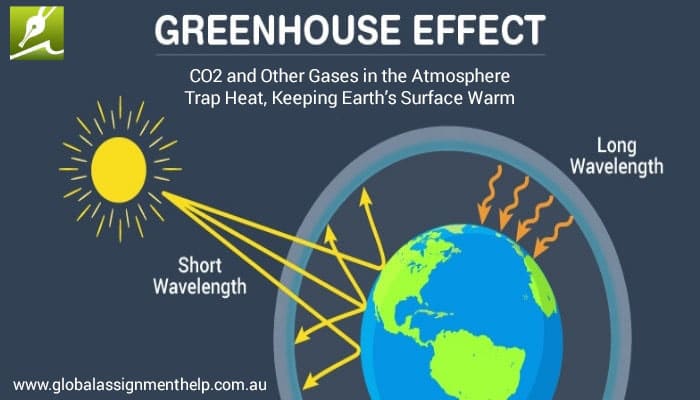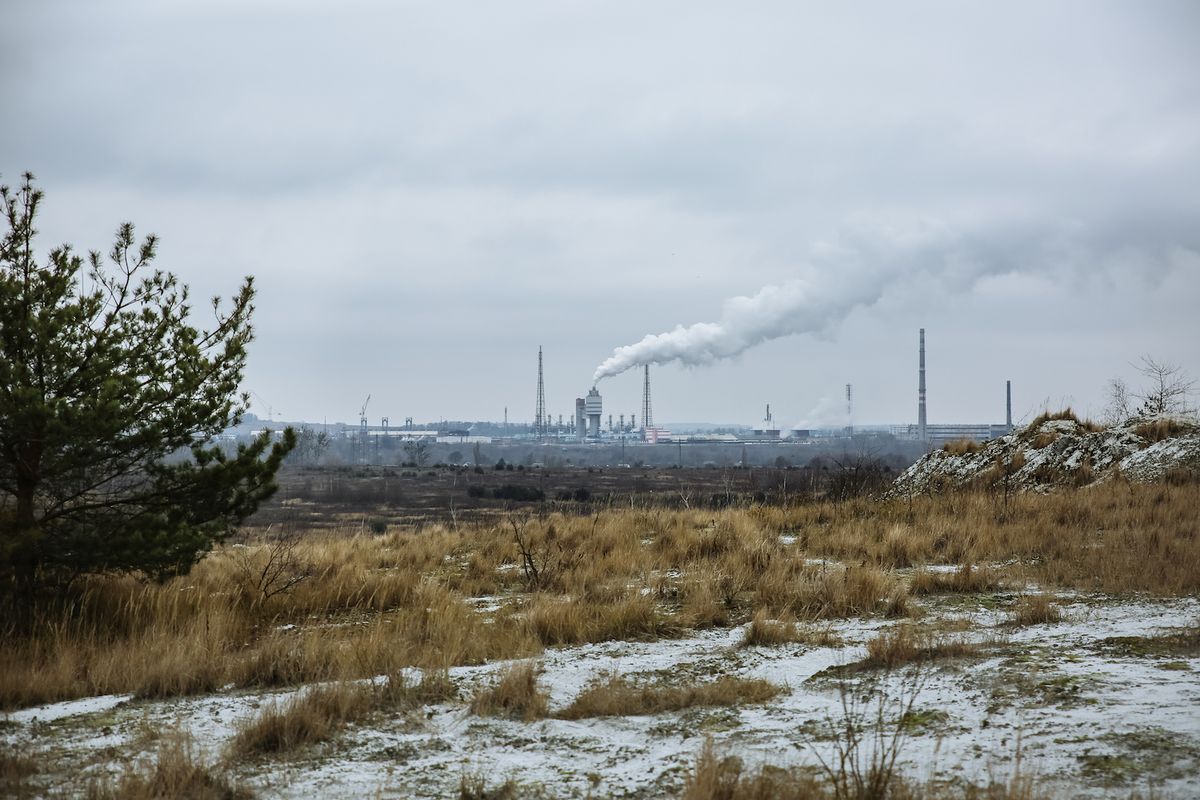

The earth’s surface absorbs the solar energy and releases it back to the atmosphere as Infrared radiation, some of which goes back into the space. The rest reaches the planet’s surface and is reflected upward again as a type of slow-moving energy called infrared radiation. About 30 percent of the sunlight that beams toward Earth is deflected by the outer atmosphere and scattered back into space. The incoming solar energy has a very short wavelength and passes through the atmospheric gases unaffected to reach the earth’s surface.
WHAT IS THE GREENHOUSE EFFECT WINDOWS
The car’s windows let the incoming solar radiation come in and heat the car’s interiors but doesn’t allow outgoing thermal radiation to escape through it.Įarth receives most of it’s energy from called radiation from sun.

See also Is Global Warming Real? Top 5 Arguments in Favor and Against itĪ similar phenomenon takes place in a car parked outside on a sunny day. This is a global problem that is not going away, and the United States is an obstacle to solving it. I honestly don’t know, but if America continues to refuse to reduce its greenhouse gas emissions, I see a bleak future not only for American society, but for the world as a whole. Although it is natural, the fact that we are contributing to the greenhouse gases in the atmosphere by burning fossil fuels at such a great rate means that we are making the greenhouse effect worse, which is having some terrible consequences on life on Earth. This principle is exactly the same as what happens in greenhouses, hence why it is called the greenhouse effect. This heat then rises back through the atmosphere, but most of it gets trapped by the greenhouse gases, which causes it to remain in the Earth’s atmosphere. When the thermal radiation (or heat) arrives from the sun, some of it is bounced from the surface of the Earth by the ozone layer (which is the reason we can safely walk out in the sun, is this prevents the most dangerous radiation from the sun getting through the atmosphere), leaving only some heat to make it through to heat the Earth.

The main gases that are termed ‘greenhouse’ gases (GHG’s) are: Ozone, Carbon dioxide, Nitrous oxide, Water vapor and Methane. It is simply the name given to the process whereby certain naturally occurring gases in the Earth’s atmosphere retain some of the thermal radiation that reaches Earth from the sun. The greenhouse effect, although it sounds scary, is perfectly natural and normal. Because how these gases warm our planet, they are called as greenhouse gases and the effect they create in the atmosphere is called as greenhouse effect. If these gases wouldn’t trap heat in the atmosphere, the temperature of the earth would be about 33 degrees centigrade colder on average. In contrast, it is estimated that greenhouse gases, both natural and man-made, raise the average temperature of the earth by thirty-three degrees Celsius.The ‘greenhouse effect’ is an atmospheric heating phenomenon in which the Earth experiences rise in temperature because certain gases (water vapor, carbon dioxide, nitrous oxide, and methane) in the atmosphere allow incoming sunlight to pass through but trap heat radiated from the earth’s surface. While the same principle technically applies to an actual greenhouse, the effect is a small contributor to the structure’s total heat when compared with its prevention of heat loss through convection. Concerns about the greenhouse effect's contribution to global warming have prompted agreements between various governments on targets for reduction of greenhouse gas emissions. Since the dawn of the industrial age in the 1750s, however, carbon dioxide alone has increased by 40%. Some degree of greenhouse gases in our environment is only natural - without the greenhouse effect our ecosystem would not be possible. Although water vapor is the most abundant greenhouse gas, it is a relatively ineffective one. This increase in heat is called the greenhouse effect.Ĭommon examples of greenhouse gases, listed in order of abundance, include: water vapor, carbon dioxide, methane, nitrous oxide, ozone, and any fluorocarbons. The more of these gases that exists, the more heat is prevented from escaping into space and, consequently, the more the earth heats. Both the solar heat and the radiated heat are absorbed by the earth and released some is reabsorbed by greenhouse gases to perpetuate the cycle. Some of the heat released reaches the earth, along with heat from the sun that has penetrated the atmosphere. Greenhouse gases in the earth’s atmosphere absorb IR from the sun and release it. A greenhouse gas is a gas that absorbs infrared radiation ( IR) and radiates heat in all directions.


 0 kommentar(er)
0 kommentar(er)
